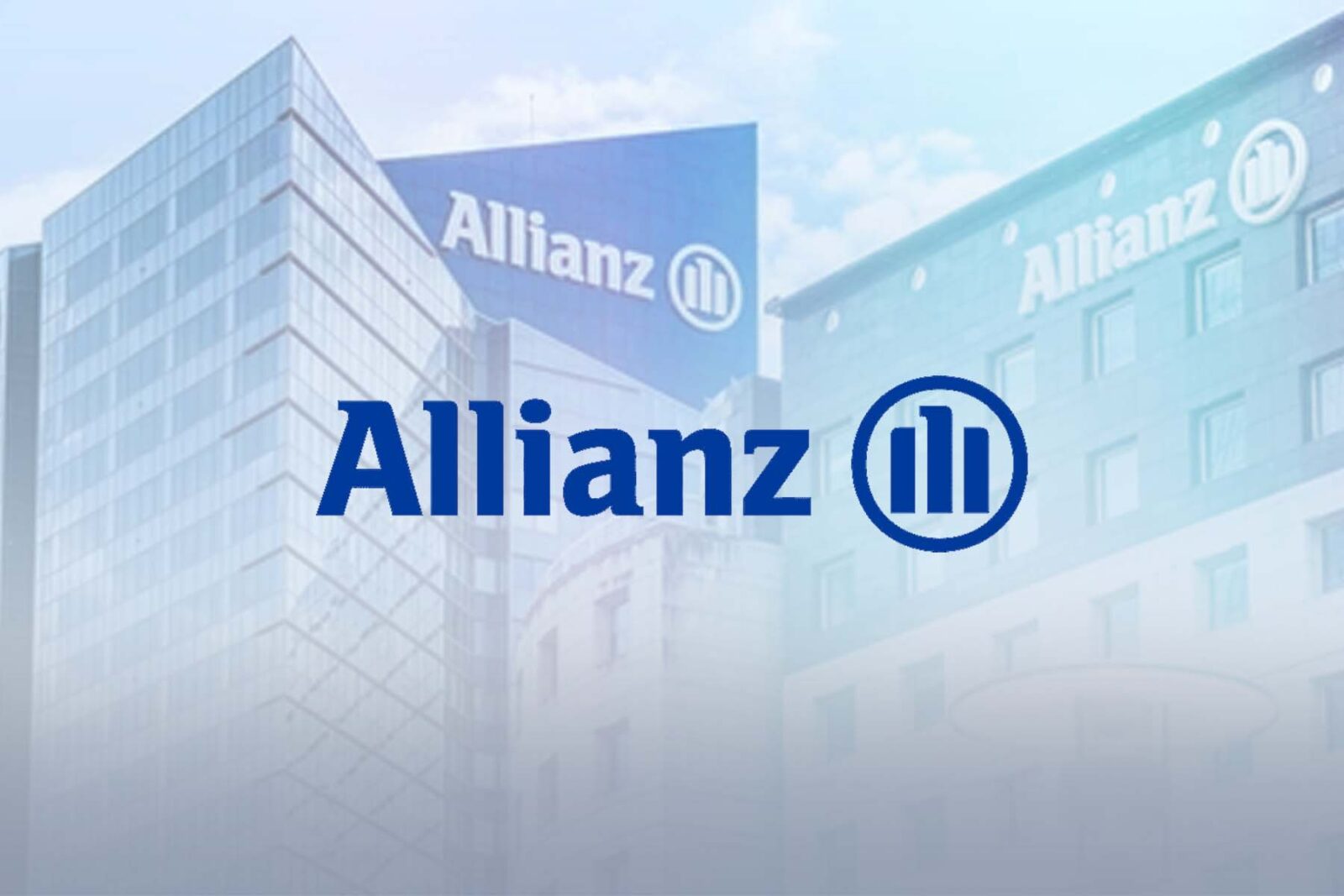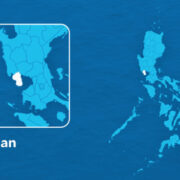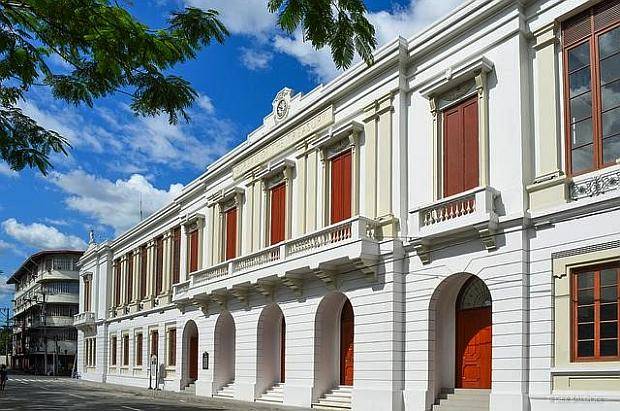Philippine insurance sector to outpace global growth

The Philippines is poised to see a “solid” growth in insurance premium over the next decade, according to the Allianz.
The Germany-based firm said demand for protection plans are likely to play catch-up with the rest of the world. This, as the Philippines’ young population braces for demographic changes.
The latest Global Insurance Report from Allianz said insurance premiums in the Philippines is projected to grow by 9.2 percent between 2025 and 2035. The total amount is expected to reach 21.4 billion euros.
Allianz said this brisk pace of expansion would outperform the global growth average of 5.3 percent that it sees over the next decade.
At the same time, the insurance firm predicts that insurance premium growth in the Philippines will beat the forecast for Western Europe (+3.7 percent), North America (+4.7 percent), Japan (+2.5 percent), Asia excluding Japan (+9.2 percent) and the rest of the world (+8.3 percent).
Such an outlook was based on Allianz’s expectations that the Philippines, like many countries in Asia, has “a lot of catching up to do” as its population might not stay young forever.
“Insurance remains a growth industry,” Ludovic Subran, chief economist at Allianz, said.
“However, this growth is largely fueled by policy inaction: underinvestment in adaptation is leading to increasing climate damage, while delayed pension reforms are requiring higher savings efforts from individuals,” Subran added.
Across segments
Total collection of premiums across life and nonlife insurers as well as mutual benefit associations in the country jumped by 14.41 percent to P124.17 billion in the first quarter. This is according to the latest data from the Insurance Commission.
The industry regulator said insurance density rose by 13.4 percent to P1,094.94 per capita. This metric refers to the average spending of each individual on protection plans.
Premiums represented 1.89 percent of the country’s gross domestic product in the first quarter. That figure, also known as insurance penetration, was slightly better than the year-ago rate of 1.78 percent, albeit still one of the lowest in the Asean region.





















